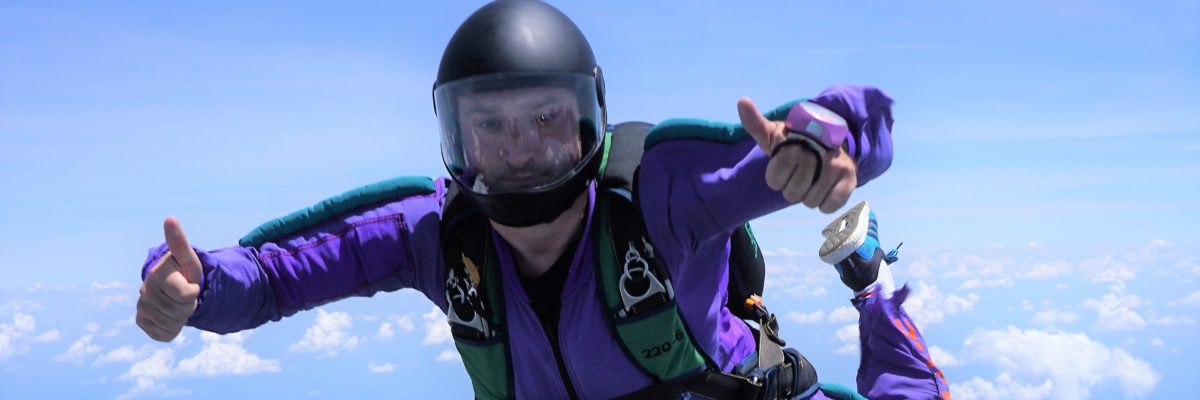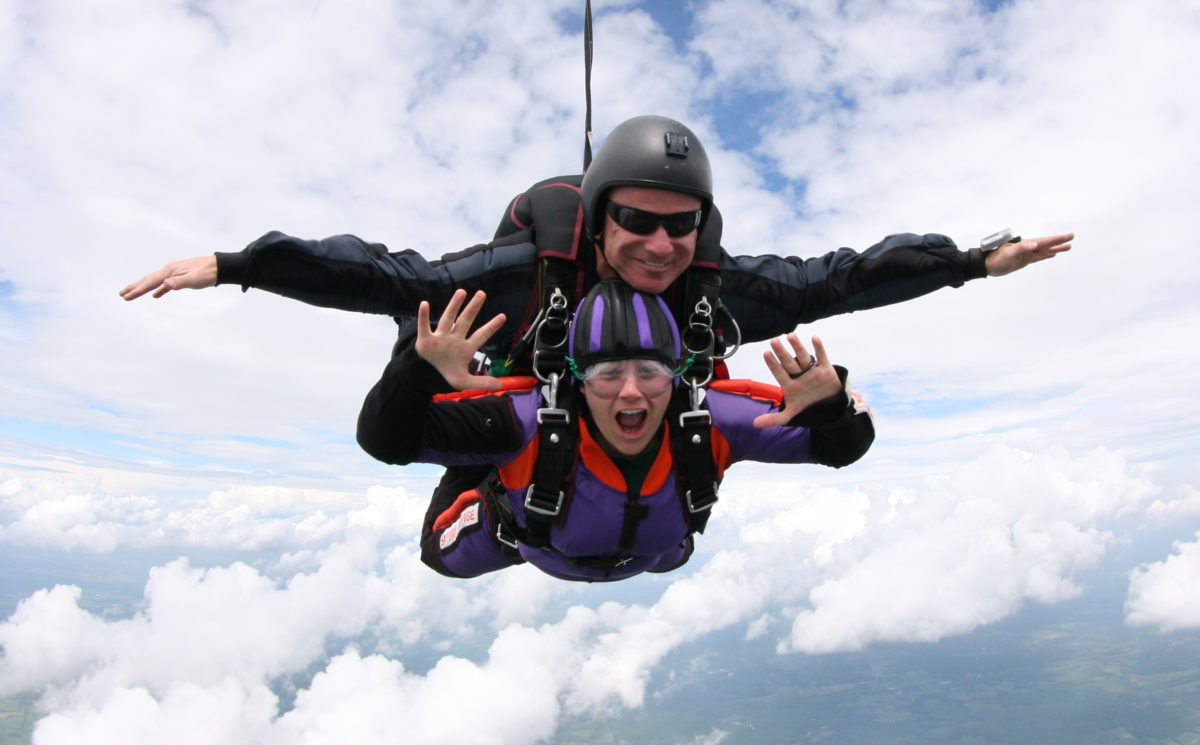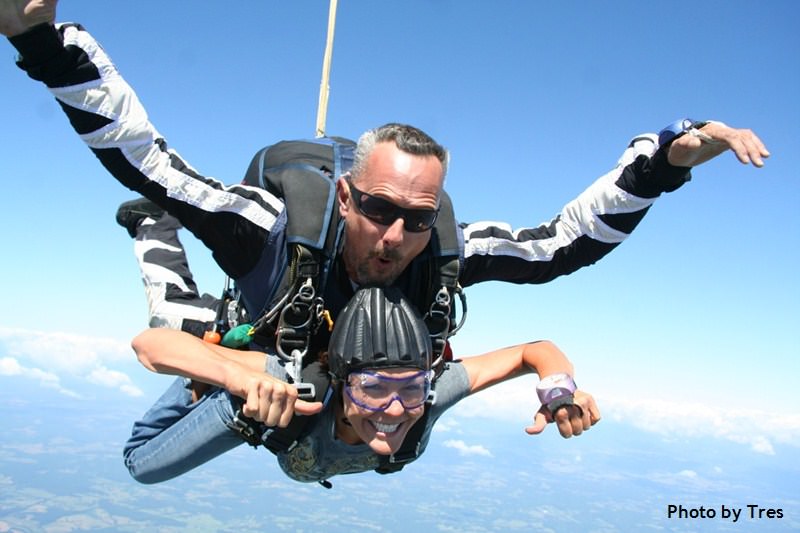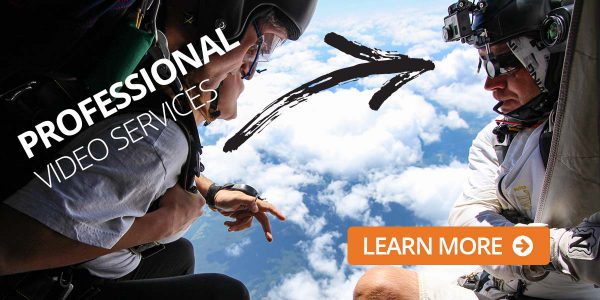
Skydiving Freefall: What To Expect
Wednesday, August 26, 2020
- Skydive Orange
- 8/26/20
- 0
- General
With freefall skydiving, man’s fascination with personal flight is nearly satisfied. While it’s not quite the same as a self-sustained romp through the clouds, freefall skydiving is the closest we’ve got. The proof is in the pudding, and the numbers don’t lie. Every year, in the U.S. alone, around 3 million freefall skydives are completed. Ever wonder what skydiving freefall is like? Do you have dreams of taking flight?
The experience of a freefall skydive is downright disparate from the monotony of the day today. This presents a challenge when explaining the sheer magic of skydiving freefall. Even though it’s a bit of a challenge to explain a feeling unlike any other, we happily accept! We’re here to help you get a feel for what to expect from skydiving freefall. 
What Does Freefall Skydiving Mean Exactly?
Freefall is one portion of the skydiving experience. Indeed, there are some skydives which are completed with little to no freefall at all (on purpose)! These jumps are called clear and pulls or hop-n-pops because you hop from the plane and pop your ‘chute. Generally, though, skydives follow a formula. You ride the plane to altitude, exit the aircraft, experience a skydiving freefall at 120 mph, deploy the parachute, and enjoy a leisurely ride to the ground.
How Long is Freefall?
The amount of freefall skydiving time you have, in part, depends on the altitude at which you exit the aircraft. At Skydive Orange, we offer two different skydiving altitudes: 14,000 feet and 17,500 feet.
At either altitude, after exiting the aircraft, it takes about 10-12 seconds for your body to reach terminal velocity. Once you reach terminal velocity, it takes about 5 seconds to fall 1,000 feet. Sadly, the fun of skydiving freefall has to end, and the parachute must be deployed. Per the United States Parachute Association, the minimum parachute deployment altitude for tandem skydiving is 5,000 feet. Though, most often, the parachute is deployed between 5,500ft and 6,000ft.
This means your skydiving freefall from 14,000 feet lasts about 60 seconds, and the skydiving freefall from 17,500 feet is a whopping 80 seconds!
What Does Skydiving Freefall Feel Like?
Now, this is a tough one! This will be a surprise, but skydiving freefall doesn’t really feel like falling at all! In fact, the feeling is more akin to floating. You may feel a bit of the speed increase as you exit the aircraft, but once terminal velocity is reached, your body will feel like you’re afloat, buoyed on particles of air! In case you aren’t familiar with the term, terminal velocity is the point at which you cease accelerating. For a tandem pair, this terminal velocity is about 120 mph.
More Skydiving Freefall Fun
There’s so much more to skydiving freefall than just falling straight down. By changing your body position and altering the surface area you expose to the wind, you can maneuver yourself: turning left or right, moving forward or backward, and even increasing and decreasing your fall rate!
Aside from the neat aerodynamics of it all, skydiving free-fall encompasses a feeling of complete freedom. It’s a feeling of truly experiencing an element. For example, riding in a boat isn’t swimming. In turn, riding an airplane isn’t really flying. To really get a feel for flight or for any natural element, you’ve got to get out of the vehicle. That’s why we say if you want to fly, get out of the plane!
Describing skydiving freefall really doesn’t do it justice. We would much rather show you first-hand. Reach out to Skydive Orange today, we would love to help you get your wings!
The largest tandem skydiving center near Northern Virginia, Washington D.C. and Maryland.
Copyright © 2025, Skydive Orange, All Rights Reserved.
DropZone Web Design & Marketing by Beyond Marketing, LLC



